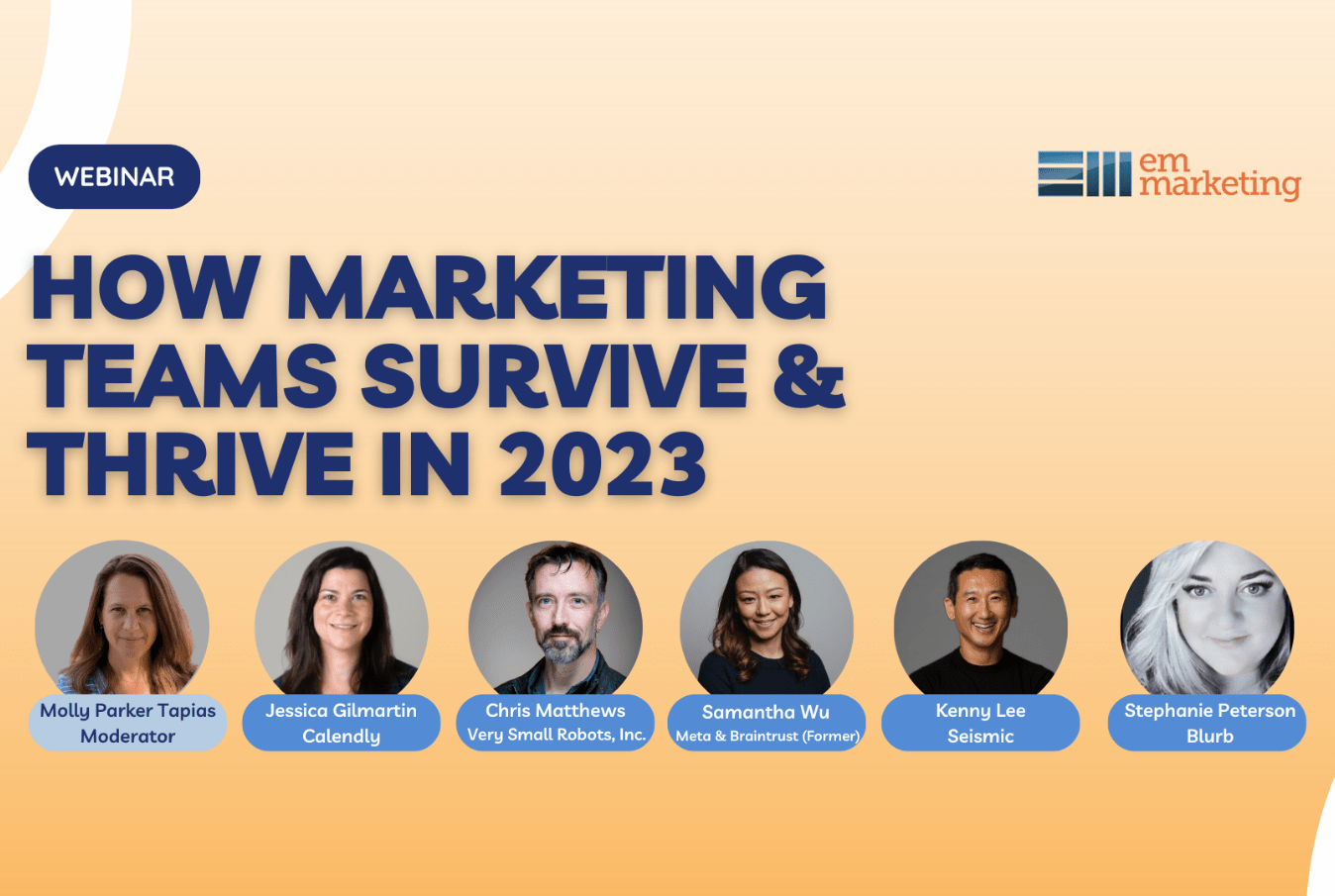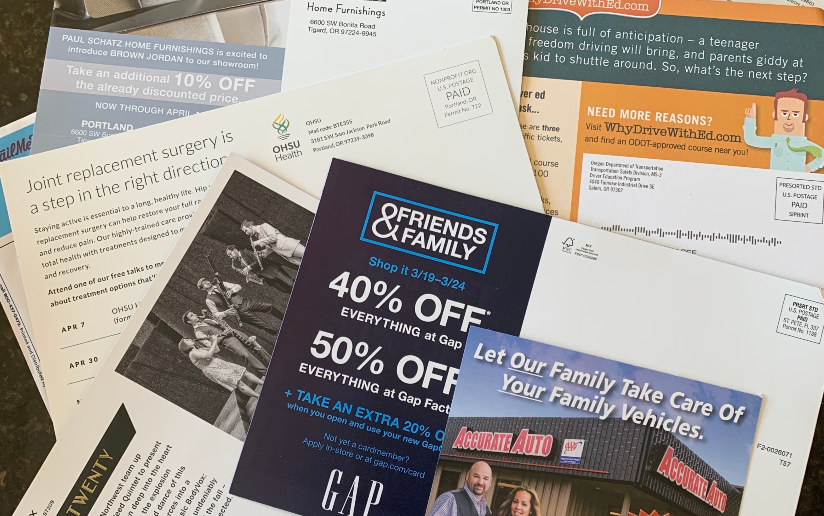
How to Test Your Demand Gen Campaigns for Fun and Profit
Testing is one of the most important functions of demand generation, yet a lot of companies don’t test at all. But since testing and identifying winning programs means higher ROI and better results, it really should be the priority.
Here are some tips on how to test:
1. Make sure to track results.
Before you start, make sure you can track results and that you schedule time to read, digest and socialize what you’ve learned. All three are vital to success.
2. Set a quantitative objective for each test.
These should be metrics that tie into cost and profitability, such as cost per sale or cost per response. Metrics such as opens and clicks are interesting, but ROI focused analytics are more important.
3. Set up your reporting.
If it’s hard to get reporting on your chosen objectives, find some help. Don’t just test what is easy to track.
4. Find your “control.”
That’s the best performing program that you’ll be constantly testing against to see if you can do better. Start with one campaign and test against it, rank the winners and test again. Once you have an established history, you’ll have one or two things that always work and your job gets easier. You’re just trying to find out if anything new compares.
5. Test in every demand gen channel:
- For email, test the things that make the most impact – list and offer. These two items together typically account for 80% of success. If you’ve got the right list, it means you’re reaching the right person. The right offer is one that gives them a meaningful reason to respond. Once you’ve nailed these, then look at the creative. Start with the subject line, and then copy and graphics. Then, consider testing send time and day, personalization, and format.
- For content posting, start by testing performance in the different places where you post content. Then move on to testing the offer, and then the creative.
- For social media, the sequence is similar: platform, offer, and then creative.
- For outbound and SDR follow up, test offers, email subject lines and copy. For outbound calls, test dialing right after someone engages and double dialing to see if you get more connections.
- For events and webinars the sequence is content, (which you get at by tracking registration and attendance), and then creative. Don’t forget to test post-event follow up offers to see which ones bring the highest conversions to meetings or sales.
- Test new channels. For example, when was the last time you sent postal mail? With the right list and offer, it can really work.
6. Make sure your results are statistically relevant.
For email, make sure each test cell has at least 5,000 names. For content posting, events, social, etc., make sure you can predict you’ll get at least 50 responses in each test cell.
7. Be aware of what is happening in the world when you test.
An email that goes out the day of a major news event may have skewed results. Ditto for a holiday week. In these cases, you might consider testing more than once. And for many companies, the pandemic, shut down and reopening have changed the way that prospects respond to offers. Be prepared to re-validate results periodically as things normalize.
8. Budget for testing.
Consider it an investment in future efficiency and higher returns. There’s no set number, but 10-20% of your budget is a good place to start.
9. Socialize your program.
Another benefit of a testing program is that it’s a great way to invite collaboration within your company. You need a steady stream of ideas to test. If a colleague in marketing or the sales team has an idea and you’re not sure it will work, don’t say no. Test it and see what happens.
10. Once you have your test up and running, be sure to give it enough time.
One digital impression, or an offer someone sees once isn’t predictive on its own. Give things time to get viewed and for prospects to respond. For an ad, you need at least 30 days. For an email, test a couple of times before you call the results.
11. Embrace – or even celebrate – failure.
While finding your winning program is important, identifying a loser is just as valuable. You now know one more thing that won’t work, and you can allocate that time and budget elsewhere.
Testing is the fun part of demand gen, so enjoy the creativity! It’s like being a chef with a new recipe. Start thinking of experiments and make the time to play and learn.




































